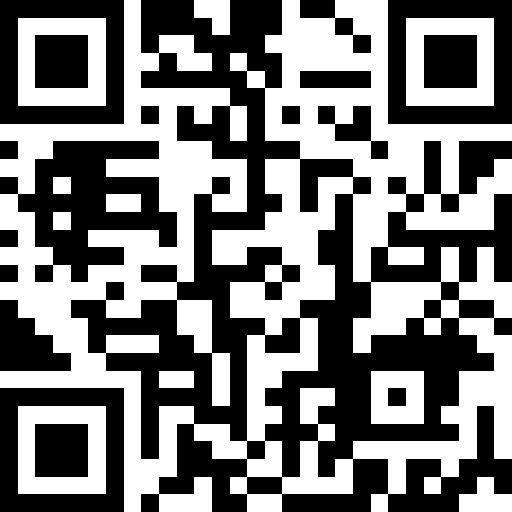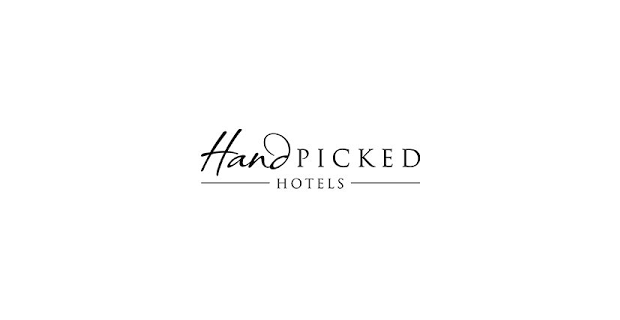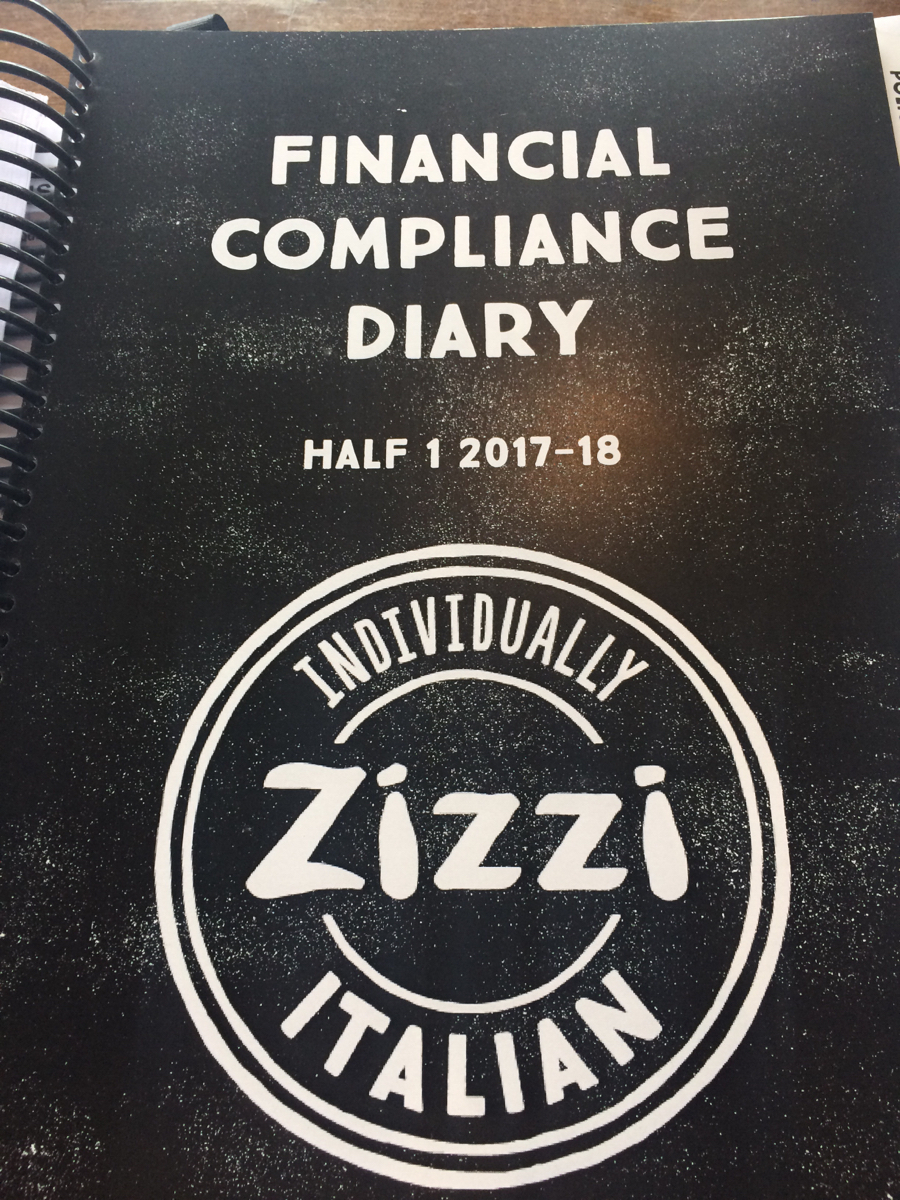IMPORTANT Please note this audit aims to identify major risks to the Company employees and those affected by its<br>undertaking but cannot identify every risk from the unsafe practices or actions by individuals.
-
Site conducted
-
Conducted on
-
Prepared by
-
Location
Food Hygiene Documentation
-
Is there a documented food safety management system,<br>tailored to the needs of the business and is it on site?
-
Has any HACCP verification been completed on menu items<br>on site? Sampling, swabbing?
-
Are monitoring records complete and accurate?
-
Is the food safety management system up to date? (It is advised that you ensure that all<br>food handlers are aware of the document and<br>the procedures detailed.)
-
Management site food hygiene audits completed minimum<br>monthly?(Ensure monitoring of safety arrangements is<br>undertaken within the business and such<br>monitoring is documented to help you<br>demonstrate compliance to any interested<br>parties.)
-
Is there a fitness to work policy and are staff aware of it?
Food Hygiene Training/Awareness
-
Have food handlers received training commensurate with<br>their activities? (level, provider, certification)
-
Are staff aware of allergy control requirements for food<br>operations within the business?
-
Can 2 employees demonstrate the recording of food<br>temperatures and what to do if temperature irregulalrtries<br>are found?
-
Can 2 employees on site answer the following questions<br>unaided? What temperature should food be kept at in the<br>fridge? Why is it important to cook food? Where in the fridge<br>should raw meat be stored? = (8*c or below - cooking food to the correct temp is crucial for food safety because it because it kills harmful bacteria that cause food poisoning & illness)
Alleged Food Poisoning
-
Have all employees signed the allergen policy?
-
Are Customer awareness signs on display by the tills?
-
Have all employees completed their online allergen awareness course?
-
Alleged food poisoning incidents logged and investigated<br>where required.
Staff Hygiene
-
Are all food handlers provided and wearing suitable and<br>clean protective over clothing?
-
Are staff observing good hygiene practices, washing their<br>hands etc?
Delivery
-
Is the site only using approved company food suppliers to ensure food is sourced from<br>reputable suppliers?
-
Does a recall procedure exist ?
-
Are foods inspected on delivery for contamination, damage,<br>shelf life?
-
Are the temperature of foods being delivered monitored and<br>recorded?
Storage
-
Are foods in fridges and freezers covered, within date code<br>and stock rotation procedures followed?
-
Are foods in freezers at -18°C or below?
-
Are foods in fridges at 8°C or below?
-
Are refrigerated and frozen food temperatures monitored<br>and recorded?(Since the unit<br>efficiency can change over time, it is<br>important to check the unit temperature<br>regularly. The best way to do this is to buy<br>and use an appliance thermometer.)
-
Are foods stored so as to prevent the risk of cross<br>contamination? Is the risk of eColi 0157 controlled in<br>storage?(Ensure when storing of raw food, these<br>are segregated away form foods such as<br>ready to eat foods. As discussed there is a<br>heriachy of food storage detailed within your<br>food safety management system.)
-
Are foods stored so as to prevent the risk of physical<br>contamination?
-
Are all foods fit for human consumption?
Preparation
-
Are controls in place to control the risk of cross and physical<br>contamination during food preparation? (separate work<br>surfaces/chopping boards/knives/areas)
Defrosting
-
Are foods defrosted safely?
Cooking/ reheating
-
Is there evidence that foods are being adequately cooked<br>and/ or reheated?
-
Are appropriate high risk foods being temperature probed<br>on a regular basis?
-
Are cooked /reheated food temperatures monitored and<br>recorded?
-
Are thermometers working and calibrated?
Cooling
-
If food is being cooled, is it being done in a timely manner<br>free from the risk of contamination? = ( refrigerate cooked food within 2 hours of cooking, or within 1 hour if the room temp is above 32*c)
Service
-
Is food on display for sale/service at the correct temperature<br>- are temperatures monitored and recorded?
-
Is food on display for sale/service protected against risk of<br>contamination?
Structure - Kitchen
-
Are the walls, floors and ceilings in good repair, condition<br>and easy to clean?
-
Are food preparation surfaces smooth, impervious and in<br>good repair and condition?
-
Is the level of lighting adequate in food preparation and<br>storage areas?
-
Is there adequate natural or mechanical ventilation in the<br>kitchen?
-
Are there enough wash hand basins provided in food<br>handling areas?
-
Do all wash hand basins have hot and cold (or appropriately<br>mixed) running water and materials for washing and drying<br>hands?
Pest Control/Structure
-
Are adequate procedures in place to prevent entry of pests<br>into the premises (proofing, fly screens)? Was the premises<br>free from pests?
Pest Control
-
Is there a procedure in place for control of pests in case of<br>infestation (pest control contract/in house<br>monitoring/electronic fly killers)?
-
Was the premises free from pests?
Equipment
-
Is equipment in good repair and condition?
-
Is equipment stored in such a way to prevent the risk of<br>contamination?
-
Are adequate facilities provided for washing work tools and<br>equipment and food?
Cleaning
-
Is the structure of the premises (for example walls, ceilings,<br>floors, work surfaces) being kept clean?
-
Is the equipment (for example utensils, chopping boards,<br>refrigerators) being kept clean?
-
Are hand contact surfaces being kept clean and disinfected<br>on a regular basis?
-
Are suitable cleaning chemicals in use (sanitiser)?
-
Are records of cleaning kept?
-
Is an appropriate cleaning schedule in place?
Waste
-
Are refuse arrangements adequate/Duty of Care in place (for<br>example for food waste, oil)?
Health & Safety Documentation
-
Is the Health & Safety Manual on site (containing policy and<br>r/a's) and safety policy statement displayed?
-
Completed Manual handling assessments
-
Completed DSE assessments
-
Completed COSHH assessments
-
Employers liability insurance displayed
-
Handbook issue record completed
-
PPE issue record completed
-
Health and safety law poster displayed
Site Audits
-
Management site safety audits completed minimum<br>monthly?
Fire Safety
-
Fire Risk Assessment in place and reviewed
-
Fire extinguishers unobstructed & annual service<br>conducted?
-
Fire exits clear?
-
Fire safety signage displayed?
-
Emergency plan displayed?
-
Daily/Weekly/Monthly fire safety checks conducted as<br>applicable?
-
Fire safety induction and training given to all staff?
-
Does the structure of venue meet with fire safety - no holes in ceilings or walls, no fire doors pinned open, no trip hazards or obstruction on fire routes and no damage to fire doors or fire fighting equipment
Slips and Trips
-
Suitable non slip floor surfaces throughout premises?
-
Floor surfaces maintained in good repair and condition?
-
No evidence of spillages on floors
-
Suitable control measures e.g. ensure staff have and wear <br>suitable footwear, clean to dry, wet floor signage, mats at<br>entrance doors during periods of rain?
-
Is housekeeping good - are floors and walkways free from<br>obstructions, trip hazards etc?
First Aid
-
Appointed person / Trained first aider on site as required?
-
First aid kit (fully stocked) on site.
Accidents and Incidents
-
Accidents and near misses recorded via the online system<br>and investigated where applicable.
Compliance Visits
-
Compliance visits (for example by EHO/HSE/Trading<br>Standards/Fire/Police) recorded.
Electrical Safety
-
No evidence of damaged / faulty electrical equipment
-
Fixed electrical inspection conducted (5 yearly)?
-
Portable Appliance Testing conducted?
Manual Handling/ Muscular skeletal disorders
-
Safe lifting practices observed (2 person lift/ Trolleys /<br>mechanical aids / sack trucks)? Manual handling training<br>provided where required?
COSHH
-
PPE provided for chemicals used or contact with infectious<br>matter (gloves / goggles) . Staff awareness / training in safe<br>use of chemicals?
-
Spillage procedures in place for chemicals stored on site<br>(written procedures or staff verbal instruction and<br>absorbent materials available)?
-
Beer line cleaning by authorised trained staff only. Adequate<br>PPE (goggles / apron) used or automated system.
Gas Safety
-
Gas cylinders securely strapped or chained in vertical<br>position or choked horizontal.
-
Carbon dioxide monitors in cellar or adequate ventilation.
Smoking
-
Smoke free policy in place - no evidence of smoking on<br>premises, correct signage displayed and smoking areas are<br>not substantially enclosed?
Asbestos
-
Absence of damaged asbestos on site?
-
Asbestos survey conducted (visual or samples taken)?
Violence / aggression - robbery
-
Training / verbal advice given to staff regarding dealing<br>with aggressive customers or robbery?
-
Safe systems of work for cash handling?
Welfare
-
Toilet facilities (staff and front of house) - clean, hot running<br>water, soap and hand towels provided, good repair and<br>condition?
-
Staff rest area / room provided with sufficient seating &<br>kettle?
-
Sufficient working temperature - adequate ventilation or air<br>conditioning in hot environment?
General front of house customer restaurant/ dining areas
-
Are handrails to staircases/ banisters/ balconies adequate<br>and secure?
-
Do glass doors have safety glass and identifying warning<br>strips/stickers?
-
Do high chairs have fixing points and a harness?
-
Is the risk of burns from hot buffet displays, staff carrying hot<br>food and drink etc adequately controlled?
Work at height
-
Ladders in good condition and stickers affixed and in use<br>(signed off 3 monthly following management visual<br>inspection)
-
Ladder used correctly - no overreaching, no standing on top step, footed if single section, 3 points of contact maintained.
Cuts
-
Safe procedures in place for handling /storing knives and<br>glass?
Equipment & Machinery
-
Are safe systems of work in place for use and cleaning of<br>machinery and equipment (deep fat fryers, steam ovens,<br>mechanical ventilation filters etc)?
-
Are operators trained and authorised to use and clean<br>equipment and machinery eg meat slicers, decarboniser,<br>deep fat fryers, ovens etc?
-
Are effective guards and safety devices in place?
-
Is the work area sufficient in size and space?
-
Is signage appropriate?
Noise
-
Noise assessment conducted for premises with musical<br>entertainment, with potential to result in noise levels above<br>85dB(a)? Programme of noise control in place?
Traffic Management
-
Vehicle pedestrian segregation (barriers between outside<br>eating/drinking areas and car park or delivery area).
-
Designated customer parking in safe location (away from<br>delivery vehicle movements).
Storage of Stock
-
Stability of stock on racking and shelving or stability of<br>stacked goods.
Display Items
-
Secure to prevent falling onto customers or tampering by<br>children
Lighting
-
Lighting levels sufficient internally and externally.
Work Related Contact Dermatitis
-
Risk posed by work related contact dermatitis is controlled<br>(avoid contact with cleaning products, provide suitable non<br>latex gloves)
DDA Access and Facilties
-
Are appropriate access and disabled facilities provided?
Compliance with Previous Audit
-
Have previous audit issues been actioned and signed off?
Other
-
Other












